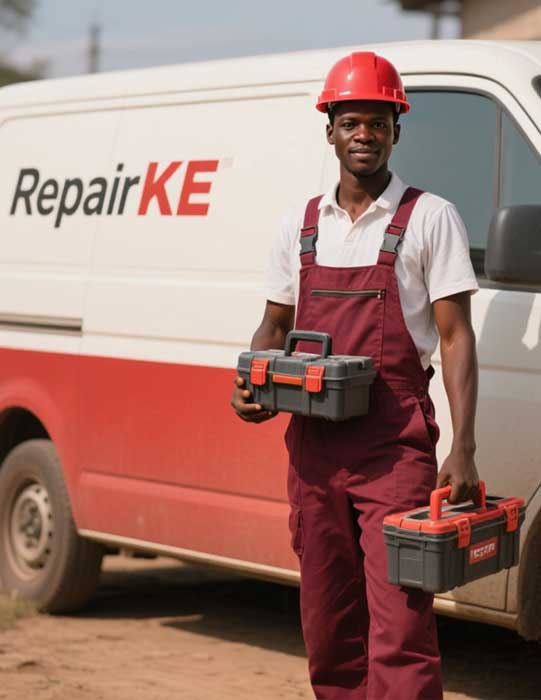
Living aboard a boat or spending extended periods on the water presents unique challenges when it comes to laundry. Boat washing machines have been specifically designed to address these challenges, offering marine enthusiasts the convenience of onboard laundry facilities without compromising precious space or power resources. Understanding the characteristics and functionalities of these specialized appliances helps boat owners make informed decisions about their onboard amenities.
Compact Design and Space Efficiency
The most distinctive characteristic of boat washing machines is their compact size. Unlike traditional household models, these units are engineered to fit into the tight spaces typical of marine environments. Most boat washing machines measure between 17 to 24 inches in width and depth, making them suitable for installation in small cabins, heads, or dedicated laundry compartments. Despite their diminutive footprint, quality marine washing machines can handle loads ranging from 6 to 11 pounds, sufficient for maintaining clothing, towels, and linens during extended voyages.
Many manufacturers design these units with stackable configurations or combination washer-dryer models to maximize vertical space utilization. This vertical integration proves invaluable on vessels where every square inch of floor space matters. The machines often feature front-loading designs that allow for easier loading and unloading in confined spaces compared to top-loading alternatives.
Power Consumption and Electrical Compatibility
Boat washing machines must operate efficiently within the limited power budgets available on most vessels. Marine models typically consume between 300 to 800 watts during operation, significantly less than standard residential machines that can draw 1500 watts or more. This reduced power consumption makes them compatible with onboard generators, inverters, and shore power connections without overwhelming the electrical system.
These appliances are designed to work with various voltage configurations common in marine applications, including 12-volt DC, 24-volt DC, and standard 110-volt or 220-volt AC power sources. Some advanced models feature automatic voltage detection and adaptation, allowing seamless operation whether connected to shore power or running on battery banks with inverters. This electrical versatility ensures functionality across different cruising scenarios and geographical locations.
Water Efficiency and Marine-Grade Construction
Water conservation represents a critical consideration for boat washing machines, as freshwater supplies on vessels are inherently limited. Marine washing machines excel in this area, using as little as 10 to 15 gallons per complete wash cycle compared to 20 to 40 gallons for conventional machines. High-efficiency spray systems and optimized drum designs extract maximum cleaning performance from minimal water usage.
The construction of boat washing machines incorporates marine-grade materials resistant to the harsh saltwater environment. Stainless steel drums, corrosion-resistant fasteners, and waterproof electronic components ensure longevity despite constant exposure to humidity, salt air, and occasional seawater intrusion. Sealed control panels and reinforced cabinets protect internal mechanisms from moisture damage, while specialized drainage systems prevent standing water that could lead to mold or mildew growth.
Special Features and Functionalities
Modern boat washing machines include features tailored to maritime living. Vibration dampening systems minimize movement during spin cycles, preventing the machine from shifting in rough seas or disturbing the vessel's balance. Some models incorporate gimbaled mounting systems that maintain machine stability even when the boat is heeling or rolling.
Quick wash cycles, typically ranging from 30 to 60 minutes, accommodate the practical realities of life afloat where time and resources are at premium. Multiple wash programs handle various fabric types and soil levels, while cold water wash options reduce energy consumption by eliminating the need for water heating. Delayed start functions allow users to schedule wash cycles during optimal times, such as when shore power is available or the generator is already running for other purposes.
Safety features include automatic shut-off mechanisms that detect excessive vibration or water leakage, child locks for secure operation in family environments, and overload protection that prevents damage from unbalanced loads. These safeguards prove essential in the dynamic marine environment where conditions can change rapidly.
Boat washing machines represent specialized engineering solutions that bring domestic convenience to maritime adventures. Their compact design, power efficiency, water conservation, and robust construction make them indispensable for serious cruisers and liveaboards, transforming onboard living from roughing it to genuine comfort on the water.




